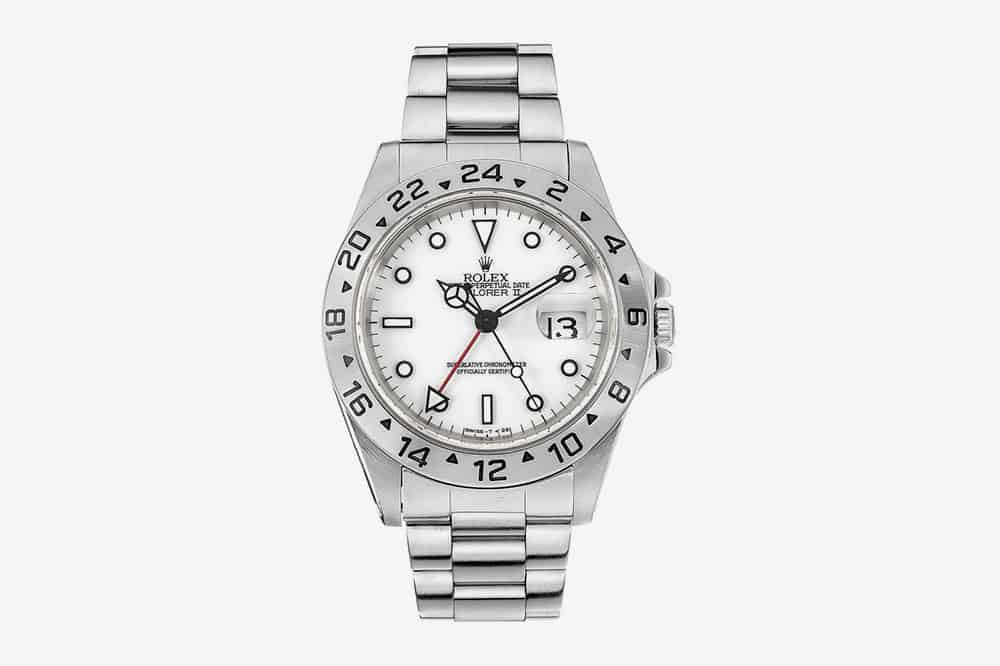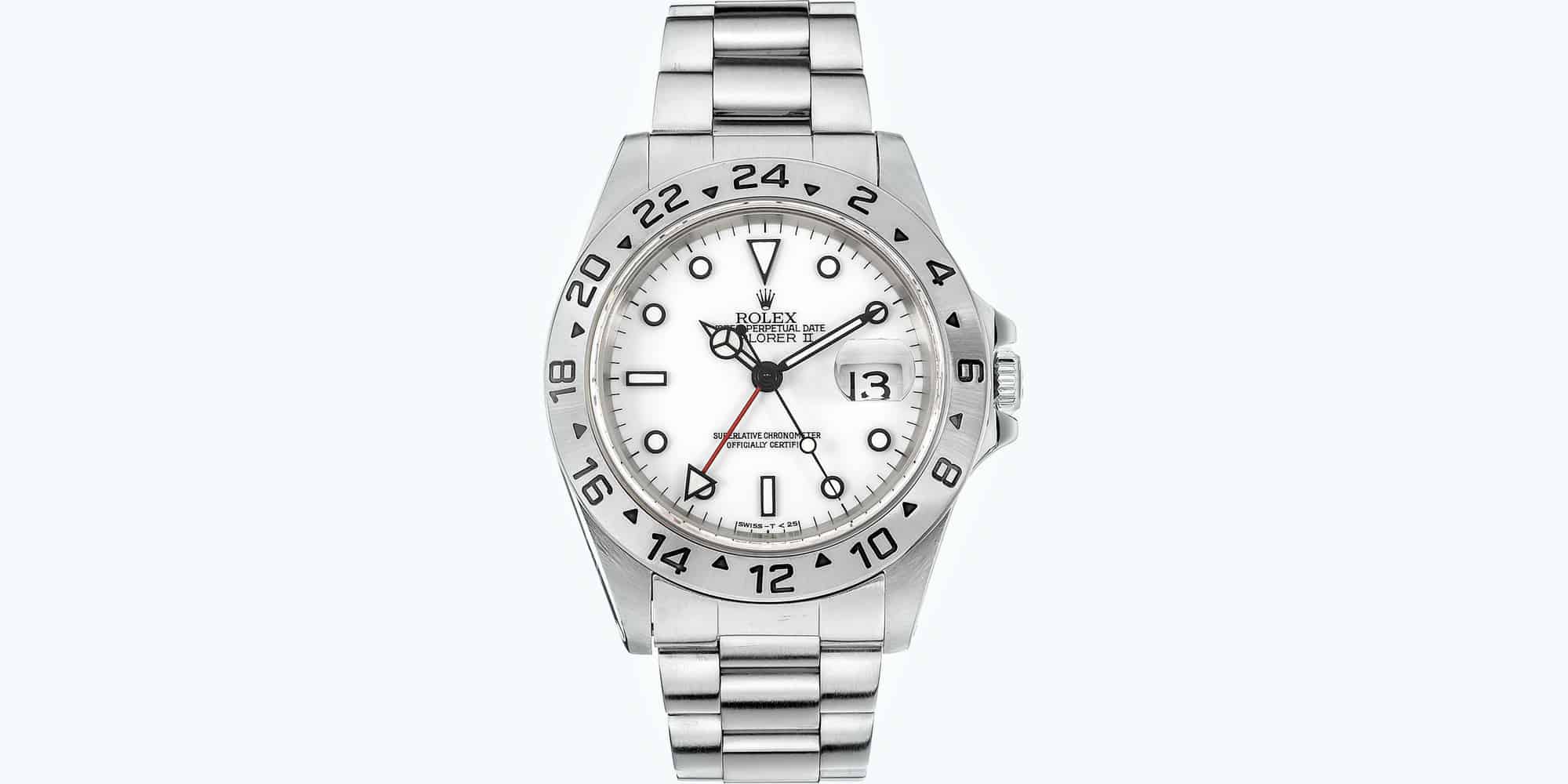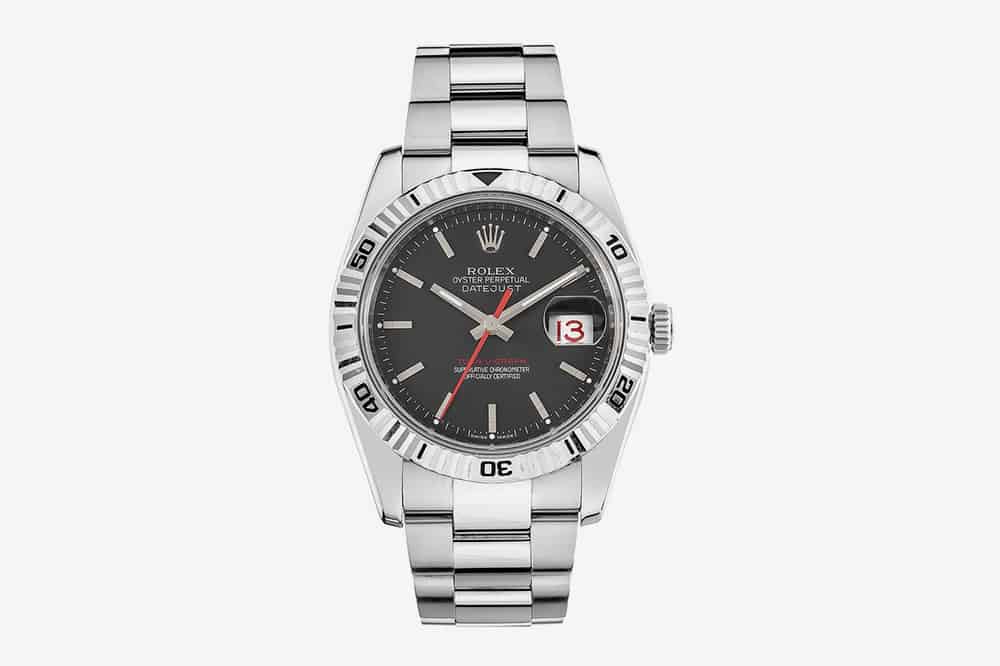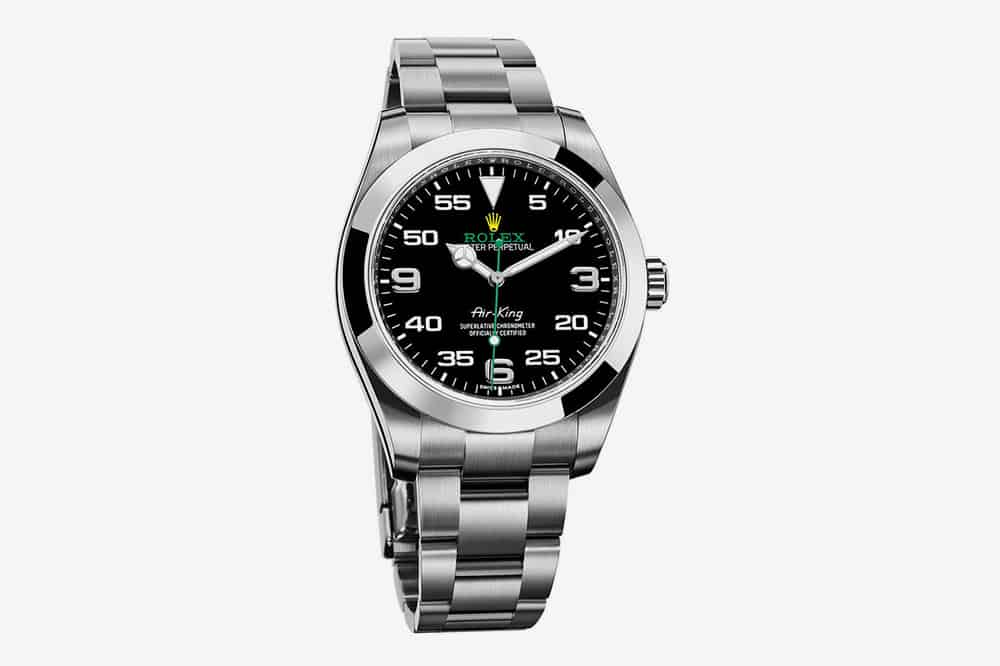The last few years have seen a distinct rise in the hype levels of Rolex sport models, both old and new. Some of it well deserved, some of it, well, is more debatable. This has created a substantial shadow under which more readily available or phased out references are forced to languish. A closer look at these forgotten models reveals some truly underrated references that can be had for relative bargains, and furthermore, may be headed for the limelight themselves in the years to come. Here are three examples of such watches. (Leave a comment below to let us know which watch would be your pick.)
Detroit-based StockX is an online platform billed as the “Stock Market of Things” aimed at fostering a buying/selling experience that values transparency and authenticity above all else. To learn more about StockX, click here, and follow them on Instagram here.
Rolex Explorer II 16570
When Rolex released the newest Explorer II ref. 216570 in 2011, there was much fanfare around the return of the orange 24-hour hand, itself a nod to the reference 1655 “Freccione” Explorer II of the 1970s. The new Explorer II replaced the outgoing reference 16570, a watch that had the small hour markers, smaller case, no orange 24-hour hand, and a suddenly dated appearance. But, on the wrist, a different story is taking shape. The 16570 may not have much in the way of throwback design, but it does have throwback charm in how it wears, that is to say, slim on the wrist in both diameter (39.5 millimeters) and case thickness (12 millimeters). This is due to the 16750’s long production period, which began in the ‘80s, well before all the “big watch” nonsense took hold in the mid-2000s. Yep, you can even find examples with tritium dials (though, expect to pay a bit more for those).
The white or “Polar” dial is a fan favorite with its contrasting black house surrounds and hands, and happens to look good on pretty much any style of strap you dare throw on it. Best of all, good examples can be found in the neighborhood of $5,000. The newer six-digit Explorer II is still hovering around $7,000. Go try them both on and it’s easy to see which has the better chance of being a future classic.









 Featured Videos
Featured Videos









